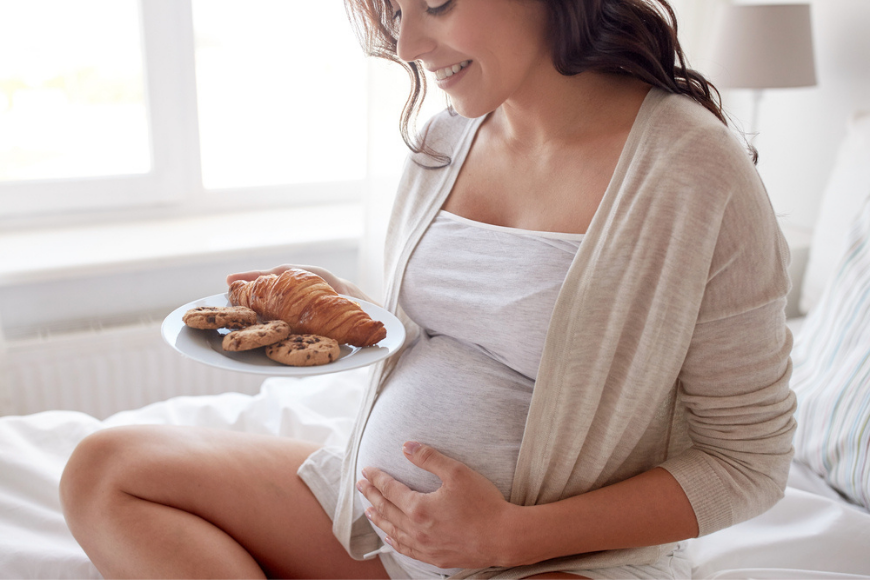In light of new research, exercise physiologist speaks about the effect periods can have on your performance in the gym
28 March 2019
| Last updated on 28 March 2019
All Credits: PA
Exercising well isn’t just about hitting the gym regularly. It’s also about considering other factors, like what time you train and what your diet’s like.
It’s all to maximise your performance, so why does no one ever talk about your menstrual cycle?
New research might just change all of this, however. Data has been collected from over 14,000 active women using fitness app Strava, and been analysed by St Mary’s University and FitrWoman, to see the correlation between exercise and the menstrual cycle. With that in mind, exercise physiologist Dr Georgie Bruinvels reveals the influence your cycle can have on your workout…
Moderate exercise can help reduce symptoms
When you’re on your period, sometimes it can feel like all you want to do is curl up in a ball and eat chocolate. However, actually getting out and doing some exercise could be the key to feeling better.
“Moderate exercise” is the solution to period-related side effects, says Bruinvels. These include “stomach cramps, mood swings, lower back pain and general body cramping – all the classics”.
Bruinvels describes moderate exercise as “hard breathing, but you’re still able to hold a conversation – that could be going for a run, a swim, a cycle – anything that raises your heart rate, but doesn’t absolutely max you out.”

Knowing your cycle can help you workout
When people think of the menstrual cycle, they tend to just consider the actual period. However, the cycle is 28 to 30 days long and Bruinvels wants people to start thinking of it as a whole.
In fact, where you are in your cycle can help inform how you might respond to exercise. This isn’t to say you should decide when and what to do in the gym depending on the time of the month, but rather it can help you understand how you might be performing.
The level of hormones in your body changes over the month, and this is the key to understanding how you feel during your cycle. “Because oestrogen and progesterone travel in the blood, they can affect all different parts of your body, from the way you move and think, to the way you recover from and adapt to training,” Bruinvels explains.





.png?itok=HBSyMDok)









































































.png)


























.png?itok=0fOAXkOm)

























.png?itok=EH_x0Pha)
